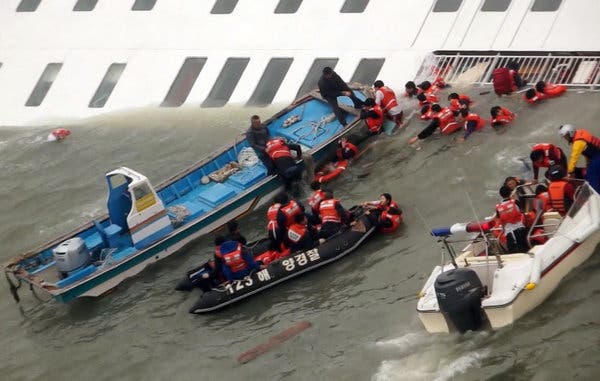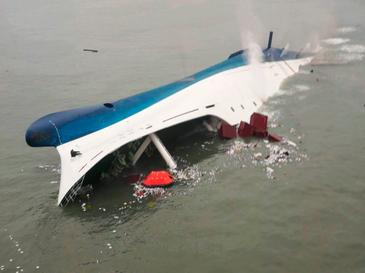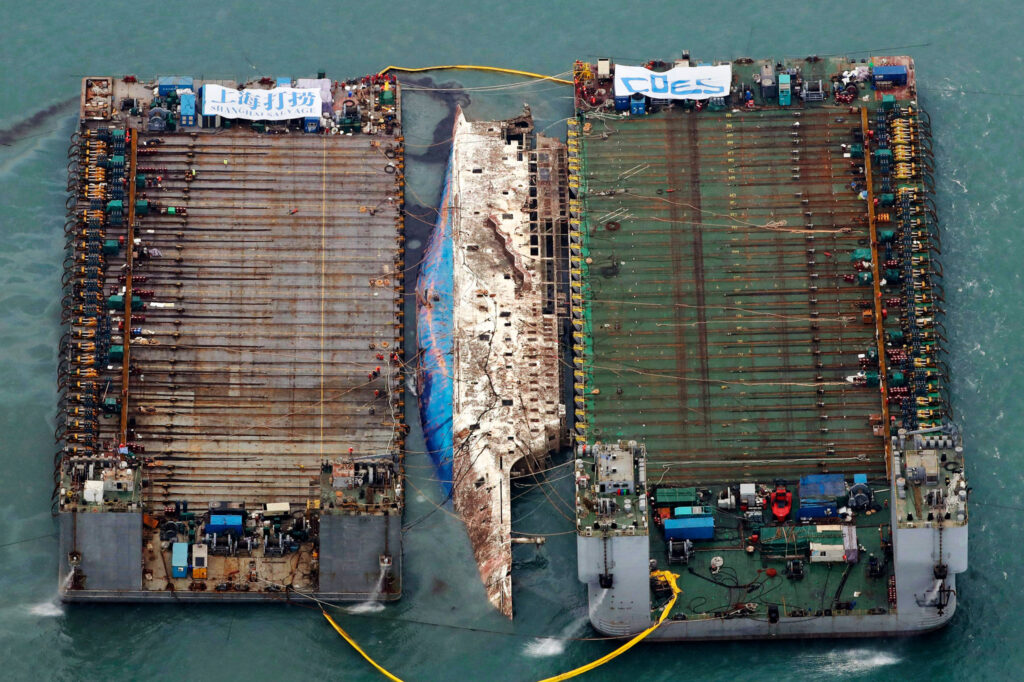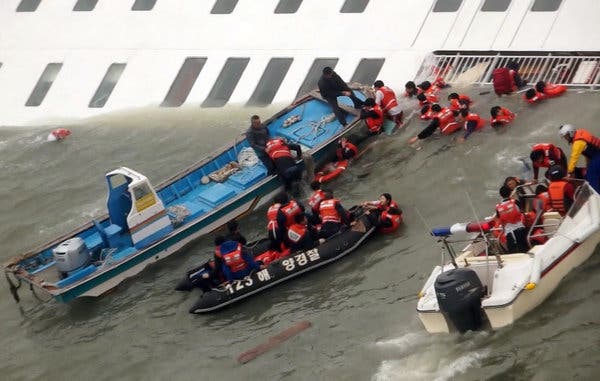Imagine standing on the serene shores of Jeju Island, marveling at its natural beauty, but have you ever wondered about the untold stories hidden within its history? In this thought-provoking article, we delve into the haunting question: how many lives were lost on Jeju Island? As we embark on this journey, we will uncover the tragedies that unfolded, shedding light on a poignant chapter that is often overlooked. It’s a tale that echoes through the winds and waves, inviting us to reflect on the price of conflict and the resilience of a community.

Background of Jeju Island
Geographical location
Jeju Island is a picturesque island located approximately 85 kilometers south of the Korean Peninsula. Known for its stunning natural beauty, Jeju Island is home to many volcanic features, lush forests, sandy beaches, and a diverse marine ecosystem. The island is a haven for tourists and nature enthusiasts, drawing visitors from all over the world.
Historical significance
Beyond its captivating landscapes, Jeju Island holds great historical significance in South Korea. As one of the country’s nine provinces, Jeju Island has been shaped by centuries of cultural and historical events. From ancient settlers to Korean dynasties and Japanese colonization, the island’s past has left a deep imprint on its present.
Jeju 4.3 Incident
Causes of the incident
The Jeju 4.3 Incident, also known as the Jeju Uprising, was a tragic episode in the island’s history that unfolded between 1947 and 1954. It was sparked by a combination of political, social, and economic factors. Tensions arose due to the growing divide between left-wing and right-wing ideologies, as well as the influence of external political powers seeking to control the Korean Peninsula.
Suppression by the South Korean government
The South Korean government, led by President Syngman Rhee, responded to the simmering tensions on Jeju Island with a heavy-handed approach. They regarded local resistance as a communist rebellion and deployed military forces to suppress the uprising. The government’s aim was to maintain control over the island and prevent the spread of communism.
Duration of the incident
The Jeju 4.3 Incident lasted for over seven years, making it one of the longest conflicts in Korean history. The initial outbreak of violence occurred in April 1948, but the unrest continued until 1954. During this period, the island was marred by violence, bloodshed, and human rights abuses, resulting in a significant loss of life.
Impact on Jeju Island community
The impact of the Jeju 4.3 Incident on the island’s community was profound. Families were torn apart, homes were destroyed, and the social fabric of the island was shattered. Many innocent civilians lost their lives, while others experienced trauma that would haunt them for years to come. The incident left deep scars on the collective memory of the Jeju Island community.

Estimating the Death Toll
Challenges in determining the exact number
Determining the exact death toll of the Jeju 4.3 Incident has proven to be a challenging task. Several obstacles hinder accurate assessments, including the lack of comprehensive records and conflicting historical narratives. The suppression of information during the incident and subsequent periods adds further complexity to the task of estimating the death toll.
Initial official estimates
Official estimates of the death toll provided by the South Korean government in the aftermath of the Jeju 4.3 Incident were largely conservative. These estimates suggested that around 14,000 people lost their lives during the seven-year period. However, survivors and victims’ families argue that the numbers are much higher, given the scale of violence and the extent of military operations.
Alternative estimates and claims
Various alternative estimates and claims have been put forth by scholars, researchers, and organizations dedicated to shedding light on the truth of the Jeju 4.3 Incident. Some studies suggest that the death toll could exceed 30,000, a figure that encompasses both civilians and combatants. These alternative estimates emphasize the need for further investigations and a comprehensive understanding of the event.
Historical Context
Korean War
The outbreak of the Korean War in 1950 had a significant impact on the Jeju 4.3 Incident. The escalating tensions between the North and South Korean governments effectively overshadowed the outcry over the Jeju uprising. The conflict diverted attention and resources away from the island, allowing the South Korean government to continue its suppression of dissent without widespread scrutiny.
Political climate during the incident
During the Jeju 4.3 Incident, the political climate in South Korea was characterized by the struggle for power and ideological divisions. The country was in the early years of its existence following colonization and faced challenges in establishing a stable and democratic government. The island of Jeju became a battleground where ideological conflicts played out, further fueling the violence and suppression.

Survivor Testimonies
Voices from the victims
The voices of the victims of the Jeju 4.3 Incident have emerged over the years, sharing their personal experiences and testimonies. These accounts provide a powerful glimpse into the atrocities committed during the period of violence. Survivors recount tales of fear, loss, and pain, giving voice to the silenced and demanding justice for the victims.
Impact on survivors’ lives
The Jeju 4.3 Incident had a profound and lasting impact on the lives of survivors. Many carry physical and emotional scars, haunted by memories of the violence they witnessed or experienced firsthand. The trauma endured by survivors affected their relationships, mental health, and overall well-being. Over the years, efforts have been made to support survivors and provide platforms for their stories to be shared and acknowledged.
Memorialization and Commemoration
Memorial sites and museums
To ensure that the Jeju 4.3 Incident is not forgotten, various memorial sites and museums have been established on the island. These spaces serve as reminders of the tragic events that unfolded and honor the lives lost. The Jeju April 3rd Peace Park and the Jeju 4.3 Peace Memorial Museum are two prominent locations that educate visitors about the incident and foster a culture of remembrance.
Annual commemorations and events
Every year, Jeju Island holds commemorative events to honor the victims of the Jeju 4.3 Incident and promote reconciliation. These events include memorial services, lectures, exhibitions, and artistic performances that aim to engage the wider community in dialogue and reflection. They serve as an opportunity for survivors, families, and the public to come together, remember the past, and work towards healing and understanding.

International Recognition
UNESCO listing
In recognition of the historical significance and importance of the Jeju 4.3 Incident, the Jeju 4.3 Peace Park was inscribed on the UNESCO World Heritage List in 2007. This listing elevated the global visibility and awareness of the incident, emphasizing its significance beyond the boundaries of South Korea. It also serves as a testament to the importance of preserving and learning from painful chapters in history.
Efforts for international awareness
Beyond UNESCO recognition, efforts have been made to raise international awareness of the Jeju 4.3 Incident. Scholars, researchers, human rights organizations, and individuals have contributed to sharing and uncovering the truth of the incident through academic publications, documentaries, and exhibitions. These endeavors aim to foster a greater understanding of the incident’s impact and ensure that it is acknowledged on a global scale.
Truth and Reconciliation
Calls for official apologies and investigations
In the decades following the Jeju 4.3 Incident, calls for official apologies and investigations have grown louder. Survivors, victims’ families, and human rights activists have demanded that the South Korean government recognize and take responsibility for the atrocities committed during the uprising. They argue that acknowledgment and accountability are vital for the process of truth and reconciliation.
Reconciliation efforts in Jeju Island community
Within the Jeju Island community, various reconciliation efforts have been initiated to foster healing and understanding. Community dialogues, reconciliation programs, and initiatives aimed at creating a safe space for survivors and families have been organized. These efforts recognize the importance of addressing the painful history of the Jeju 4.3 Incident and working towards a more harmonious future.

Reconstruction and Healing
Post-incident reconstruction
Following the conclusion of the Jeju 4.3 Incident, the process of reconstruction commenced on Jeju Island. Efforts were made to rebuild infrastructure, restore homes, and support the island’s recovery. Although physical reconstruction was possible, the emotional scars remained, necessitating ongoing efforts to heal the wounds inflicted by the violence and trauma.
Support for survivors and families
Support for survivors and families affected by the Jeju 4.3 Incident has been a crucial aspect of the healing process. Government-funded programs, counseling services, and community support networks have been established to provide assistance and resources to those directly impacted. These initiatives aim to address the long-term effects of the incident and provide avenues for survivors and families to find solace and support.
Long-term effects on Jeju Island
The Jeju 4.3 Incident has had long-lasting effects on the social, cultural, and economic fabric of Jeju Island. The scars of the violence continue to shape the collective memory and identity of the island’s residents. Efforts to heal, reconcile, and learn from this dark chapter in history will influence the trajectory of Jeju Island’s future development and the preservation of its heritage.
Lessons from Jeju Island
Impacts on human rights and democracy awareness
The Jeju 4.3 Incident serves as a stark reminder of the importance of upholding human rights and reinforcing democratic values. The suppression of dissent and the violence perpetrated during the incident highlight the dangers of authoritarian regimes and the need for a vigilant and engaged citizenry. The incident has become a catalyst for conversations about human rights abuses and democratic values in South Korea and beyond.
Preventing similar incidents in the future
The tragic events of the Jeju 4.3 Incident underscore the importance of preventing similar instances of violence and suppression. By examining the causes and effects of the uprising, society can identify the factors that contribute to such conflicts and work towards addressing them. Lessons learned from Jeju Island can inform policies and actions aimed at preventing future human rights abuses and fostering inclusive and peaceful communities.

